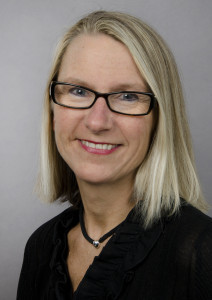 ”Teaching isn’t just what I do; it’s who I am” This was the final slide of the lecture by Ragnhild Sagvoll, UiT regarding documentation of educational competence during the K1-K2 education seminar this week. Is your teaching role so internalized that this fits you?
”Teaching isn’t just what I do; it’s who I am” This was the final slide of the lecture by Ragnhild Sagvoll, UiT regarding documentation of educational competence during the K1-K2 education seminar this week. Is your teaching role so internalized that this fits you?
Those of us who participated were at least properly inspired:
-Each participant presented a recent teaching contribution he/she was proud of (albeit, in line with Norwegian modesty, only in confidence to the nearest seminar participant and not publicly in the auditorium).
-Theory regarding Team Based Learning was presented and good practice examples from teaching in neonatal and pulmonary medicine demonstrated (including use of Socrativ).
-What is pedagogical competence? This was discussed in plenary and specific advice on how to start documenting this using teaching portfolio was given.
The aim of the teaching portfolio is two-fold: documentation of own teaching competence, useful when applying for/promotion in an academic position and in wage negotiations, but also formative: to reflect on my own teaching; What is my teaching philosophy, how have I planned and implemented my teaching, which pedagogical methods have been used and which evaluation have I received. How has my professional development been. What have I achieved (well deserved self-praise) but preferably also include possible obstacles or difficulties regarding teaching development.
How do you start to build a teaching portfolio? Create a folder on your computer where you enter (short, key words) what you do of teaching, both practical (bed-side, possibly bench-side for those with lab work!), group activities, lectures, examination work but also participation in faculty development and any feedback on your teaching. Perhaps after half a year try to reflect on what you have done and if there may be reasons for implementing changes.
As another inspiration: K2’s educational prize for 2017 was awarded Ketil Grong for his important effort to introduce OSCE (objective structured clinical examination). This is a radical change in our exam form for testing of clinical skills. He took on this task, started out using his esteemed professional medical competence as well as military experience and have maneuvered steady so we have actually changed course and now steer towards the desired goal; to use an evidence-based exam form to evaluate our students. Thank you for your efforts and congratulations Ketil!
